It’s tough out there for an LGBT journalist — at least in college.
Maybe I’m exaggerating, but it’s easy to understand why LGBT media might be overlooked in a university journalism program. The curriculum often emphasizes national rather than community news. We’re taught from the beginning to be objective, leaving little room to acknowledge our LGBT identities in our reporting. Though some schools, like the University of California, Los Angeles, are home to LGBT-specific student publications, LGBT student media are pretty uncommon compared with general campus newspapers.
At Northwestern University’s Medill School of Journalism in Evanston, Ill., you can find opportunities in LGBT media if you know where to look. In most reporting classes, professors give you free rein to choose what stories you’ll cover, so it’s fairly simple to work LGBT-based reporting into class assignments. There’s a progressive publication on campus and an up-and-coming student chapter of the National Lesbian and Gay Journalists Association. But still, Medill could do more.
That’s what a group of Medill students thought when we were given the opportunity to amplify our voices as LGBT journalists earlier this year. David Freedman, a Medill alumnus, made a generous donation to the journalism school and requested the money be used to encourage LGBT inclusion within the program. It was up to a few of us — mostly the leaders of NLGJA on campus — to decide how to use the funds.
After months of brainstorming, we devised a student journalism project that would feature stories of LGBT interest with an emphasis on the presidential election. Student reporters would apply for grants to pursue reporting projects across the country; copy editors and Web designers would prepare stories for publication on an original website.
This October, six months after we started planning, we launched the Medill Equal Media Project(logo shown below). With the help of two devoted faculty advisers, a team of about 15 students worked throughout the summer to find engaging, original stories about how LGBT people live, think, and, well, vote. Throughout this month, we’re refining those pieces, sharing our work, and looking for other ways to urge college newsrooms to cover LGBT issues.
One reporter met an Army officer and her partner adjusting to life near Fort Bragg after the repeal of “don’t ask, don’t tell.” Another reporter analyzed funding sources for LGBT health centers and asked how they might shift after the election. Some of us are working toward careers in gay media, while others are reporting on LGBT issues for the first time. Each of us is committed to honoring the true stories our sources shared. After all, who better to say how LGBT people will be affected by this election than LGBT people themselves?
Our tagline, “Responsible Coverage of LGBT Lives,” reaffirms our commitment to a mission of journalism rather than advocacy. As a project covering LGBT issues exclusively, we anticipated qualms about our objectivity or ability to report “both sides.” We wanted to spotlight LGBT people in their own words rather than the words of their opponents, but knew we wouldn’t be good journalists if we pretended each story had only one side. Just as we started this conversation, Margaret Sullivan’s New York Times op-ed nailed it for us:
“Simply put, false balance is the journalistic practice of giving equal weight to both sides of a story, regardless of an established truth on one side. And many people are fed up with it. They don’t want to hear lies or half-truths given credence on one side, and shot down on the other. They want some real answers.”
We want real answers too, and we know we won’t get them by pretending all sides of the debate over gay rights are equally fair and factual. Why, for instance, did we see four debates with zero questions about LGBT issues? Certainly the economy is driving the conversation this election season, but given the candidates’ opposing viewpoints on nearly all things LGBT, it would be irresponsible to pretend LGBT people’s lives won’t be affected after November.
The Equal Media Project will be online well after Election Day, and this year’s stories aren’t the last you’ll hear from us. We hope to continue the project even in nonelection years, though we’re still figuring out how to improve on this first run. We’re open to discussions about how to make this work sustainable at the college level, bringing us the exposure and experience in LGBT media we can’t yet find anywhere else.
One day, we hope, LGBT coverage will be a core facet of a college journalism education. Until then, please share our work, point us toward similar projects, and let us know what we can do better. It’s been a learning experience for all of us, and we hope it won’t stop there.
CAMILLE BEREDJICK is the editor in chief of the Medill Equal Media Project; a senior in the Medill School of Journalism at Northwestern University; a co-president of Northwestern’s student chapter of the National Lesbian and Gay Journalists Association; and a former editorial intern for The Advocate.


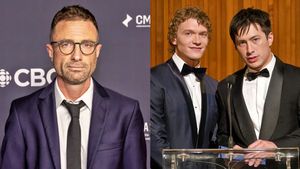

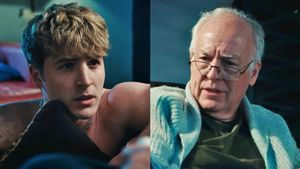








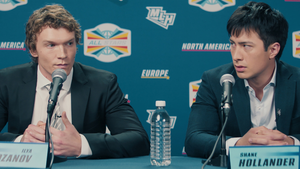


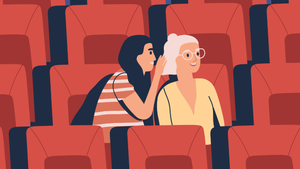


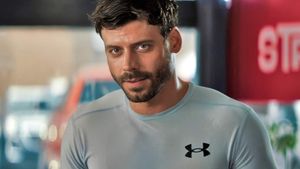



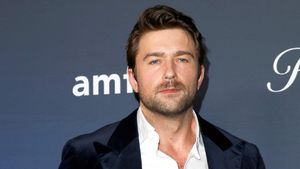





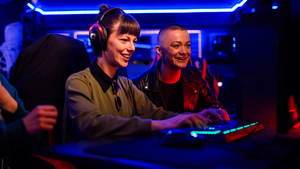










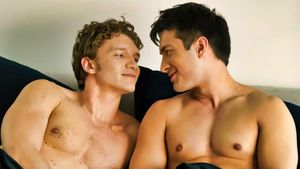




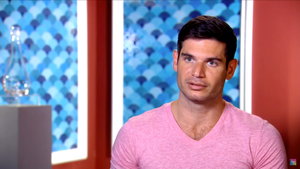









































 Cindy Ord/Getty Images
Cindy Ord/Getty Images

























